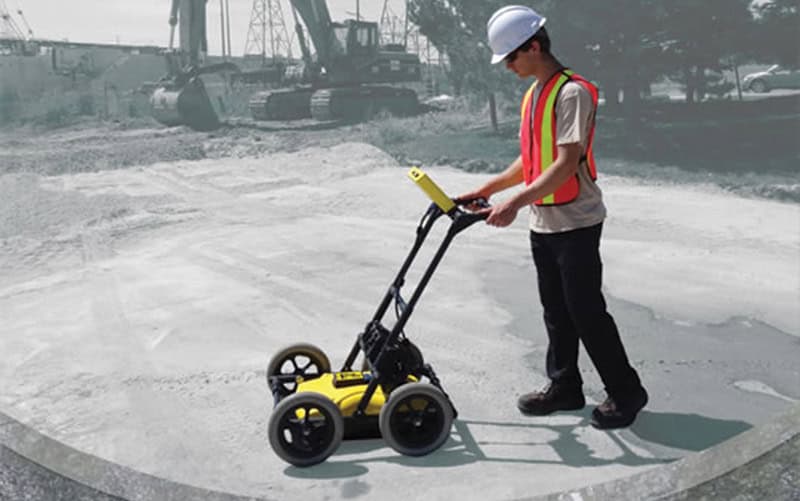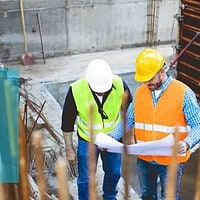Making sure a construction project is delivered within budget and on time is every contractor’s ultimate goal. Challenging issues and avoiding surprises along the way makes the outcome more cost-efficient, and the journey that much smoother.
We often receive requests for GPR surveys before any spade hits the ground. While this step is commendable, especially when it comes to protecting a workforce against service strikes, underground utility surveying can identify unexpected underground utilities that require modifications in design.
An underground utility survey can be considered as hindsight. Conducting a survey early in the development cycle will allow architects to modify their plans to avoid or divert underground utilities before planning permissions are sought.
Some underground targets can only be identified using GPR or ground-penetrating radar. These include trenches, foundations, voids, graves, and various structures associated with police, scientific or archaeological research projects. Of course, ground-penetrating radar can also be used to define common targets such as underground tanks and pipes.
Ground-penetrating radar works by transmitting high-frequency electromagnetic pulses into the ground. These pulses graphically record the portion of the signal that’s been reflected onto the transmitting antennae from different subsurface structures. When buried structures have a definite shape, a tank, for instance, the radar image they reflect can be identified. Ground-penetrating radar also does a good job when it comes to defining underground (usually excavated areas like graves and trenches) where natural sedimentary layering has occurred.
How radar energy penetrates the ground will vary from site to site. However, it is worth noting that sandy and dry areas are best for ground-penetrating radar and provide useable data down to depths of 10 ft. or more. In clay-rich soils that have a high water table, it could be hard to see useful radar data past one or two feet into the ground.
The Key Benefits
Planning and Design: Ultimately, knowing that utilities are existing under the ground to be worked on means that project designs only need to be done once and that you don’t need to utilise support options.
Furthermore, full survey information gives you the ability to identify the most effective connection points for a site’s supplies based on the existing utilities and highlights prospective utility diversions.
It also helps mitigate any potential design problems and issues based on the existing layout of utilities. For instance, during an electrical connection project done recently, a gas main was found on site, which led to the cabling being laid down some distance away from the main.
As an added advantage, full underground utility surveys provide accurate information during the tender stages of procuring the services of contractors.
Health and Safety: Risk aversion as project managers are aware of what they are dealing with and lower chances of service strike incidents. An underground utility survey using ground-penetrating radar can ensure the safety of both the public and the workforce during a construction project.
Timescale and Cost Improvements: Being able to identify existing underground obstacles lowers the risk of meeting with surprises that could cause workforce downtimes while a solution to the problem is being sought. This helps avoid the extra costs linked with project delays.















